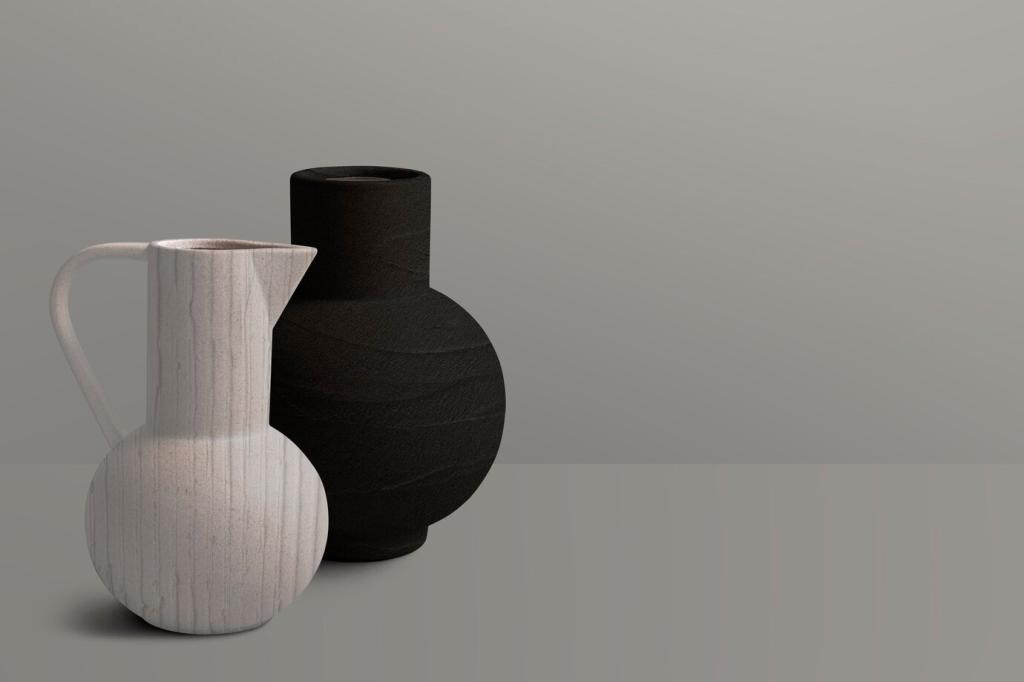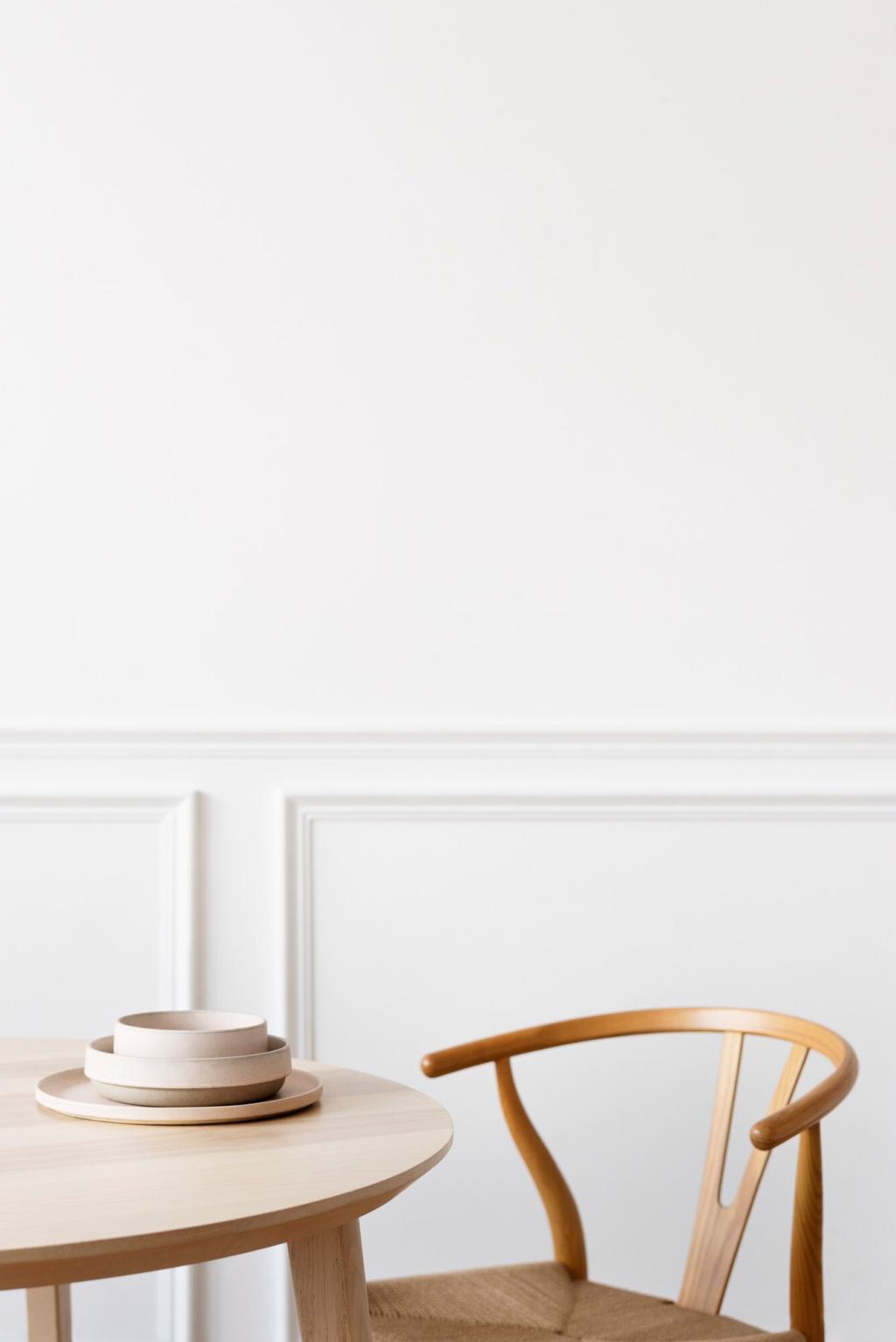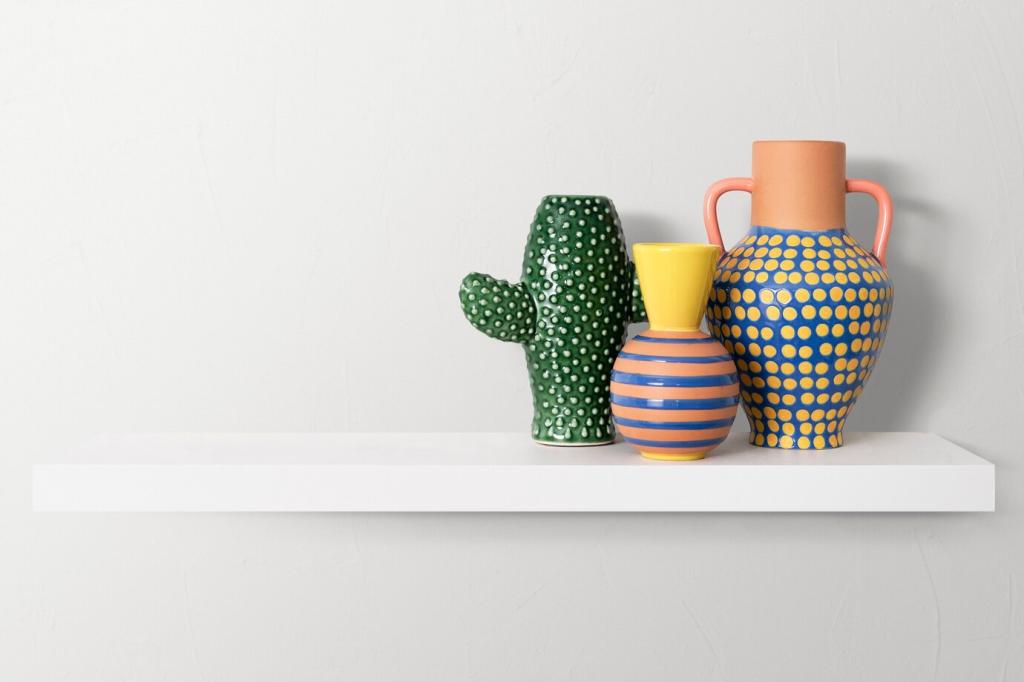Discovering the essentials of a minimalist aesthetic can be transformative for both your living spaces and your mindset. The principles of minimalism promote clarity, functionality, and serenity, encouraging intentional choices about what you surround yourself with. Whether you’re redesigning a room, reevaluating your wardrobe, or refining your overall lifestyle, understanding key strategies is essential. Minimalism is more than an interior design trend—it’s an approach that infuses simplicity and elegance into every aspect of daily living, reducing visual and mental clutter to foster a peaceful environment. In this guide, explore fundamental strategies and practical tips designed to help you create and sustain a minimalist aesthetic that supports both form and function.
Embracing Simplicity in Design
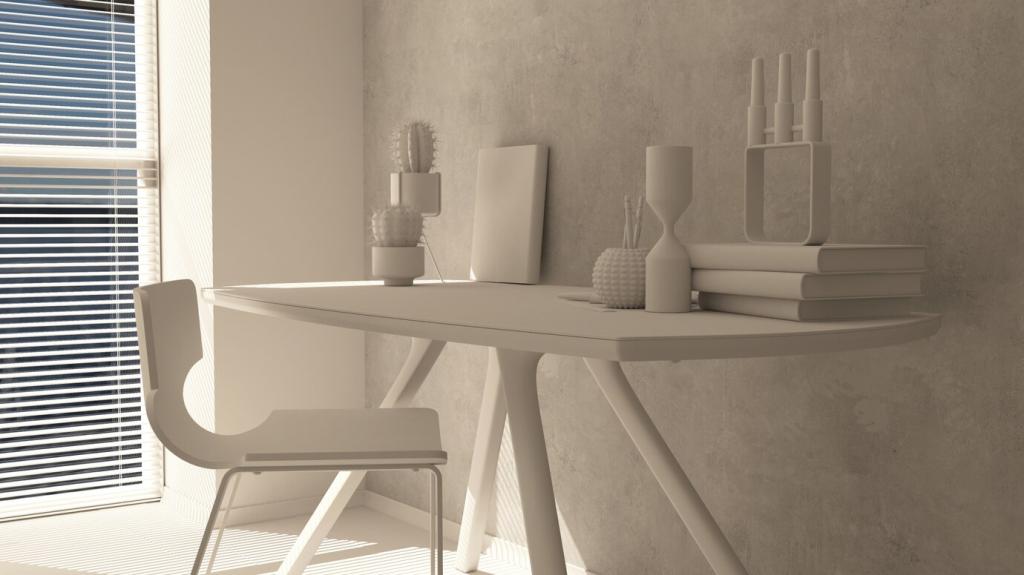
Assessing Belongings Regularly
Letting Go Intentionally
Maintaining Clear Surfaces
Maximizing Functionality
Focusing on Quality Over Quantity
Investing in Timeless Design
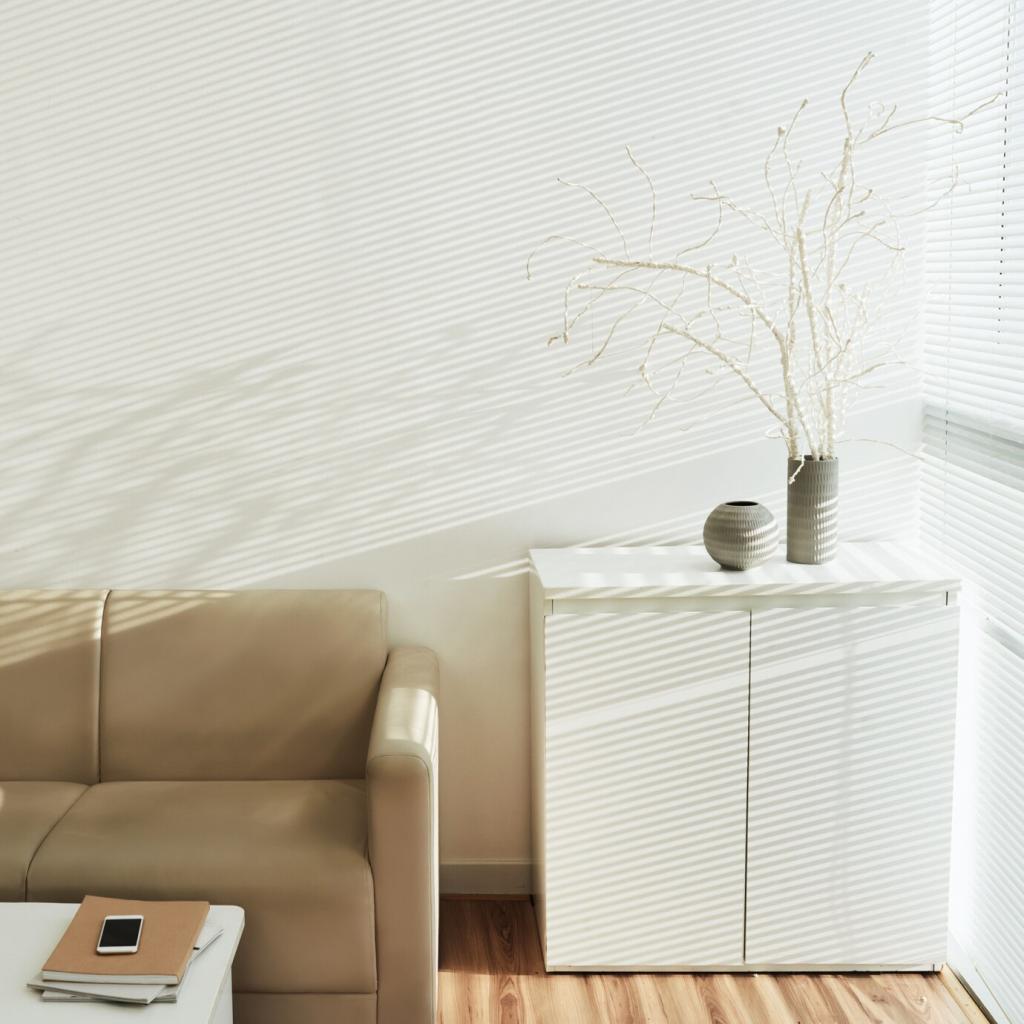
Using Light to Enhance Space
Inviting Natural Light
Choosing Subtle Artificial Lighting
Highlighting Architectural Features
Maintaining Visual Harmony
